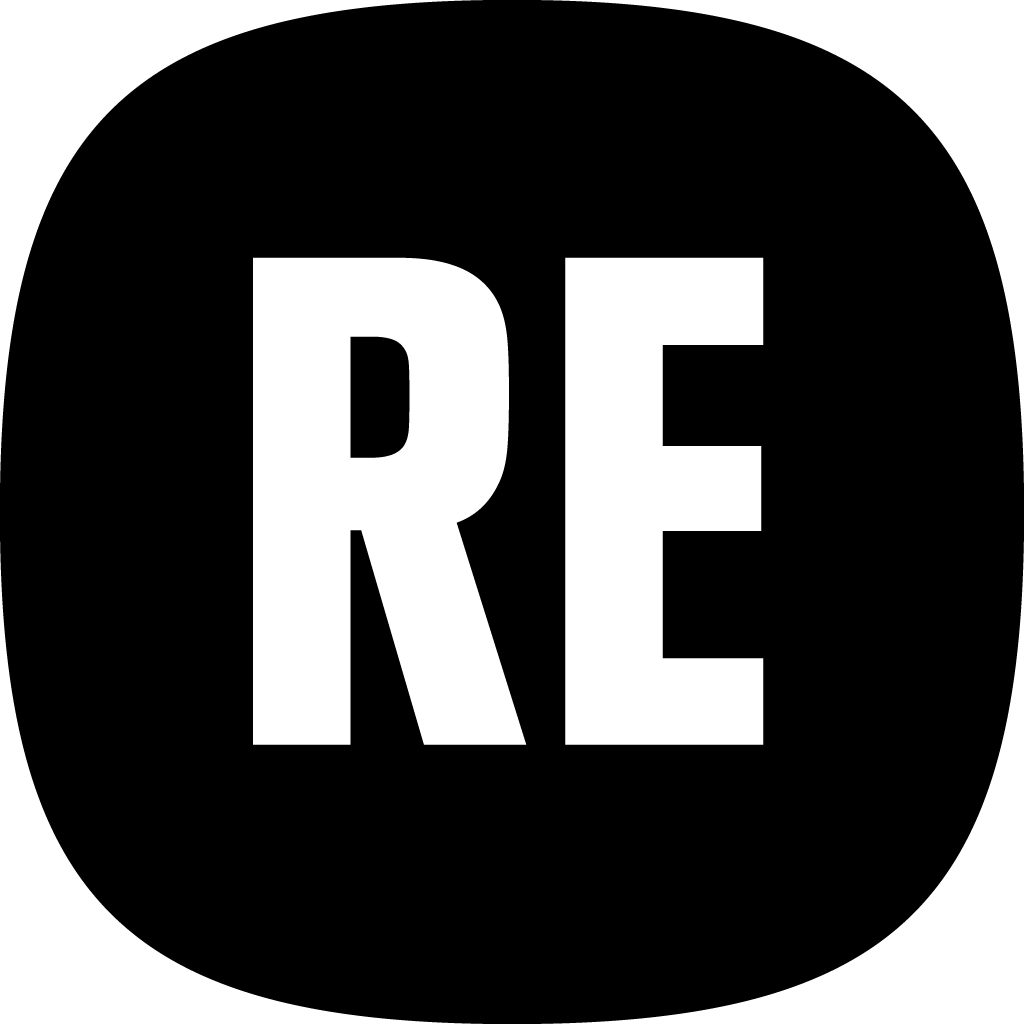Update from Prato: Waiting for the MdT e-shop
In the past few months the Textile Museum of Prato has worked hard to design, develop and populate its future e-shop. We are happy to announce that the museum is about to release it!
In our last diary entry dedicated to the Textile Museum of Prato we have indeed described the bilateral co-creation workshops held by its team to co-create and co-select locally and ethically sourced, sustainability-oriented quality items for the e-shop. Artisans, designer and local companies have been involved in these workshops, as well as other small museums of Tuscany, invited to select artifacts designed by other artisans in their networks. The workshops allowed the Textile Museum to develop a 40+ items catalog for its e-shop, featuring 13 different partners.
After designers and artisans’ atelier visits the Textile Museum team provided to them access to its collections and/or with discarded fabrics donated to the museum by local company working in the fashion and textile industry. For instance, Paola Cavalli, founder of Le Cernierine project designed a handmade Snail Brooch using old zips, rhinestones and beads recycled from vintage costume jewellery: the accessory inspired by a 16th-century yellow satin and silk fabric from the collection of Museo del Tessuto in Prato, thus bringing together Tuscan cultural heritage with the most modern upcycling techniques.


The social cooperative FLO concept, based in Florence, committed to promoting a fashion business model based on the recovery of waste and/or surplus material from the best Italian textiles, favouring natural and eco-sustainable fibres, and enhancing the autonomy and abilities of those in economically, socially or psychologically fragile conditions, designed and tailor a beautiful case with Prato fabric waste provided by the Textile Museum.



The Mexican-Italian artist Tatiana Mannelli, based in Prato, designed and created a handmade mini-rug with the tufting technique using mostly scrap materials from the plants of local companies inspired by the textile archive of the museum.



This was definitely the funniest part of the process! However, beside the creation of an enlarged network of creative stakeholders and the co-creation and co-selection of items, the e-shop development required IT development, legal support to edit the e-shop terms and condition, an accurate and user-centered layout design of the website, identification of privacy policies, definition of payment methods, products’ data entry and shootings, team training.
If you are curious to browse the Textile Museum e-shop, stay up to date with the diary news!

Share